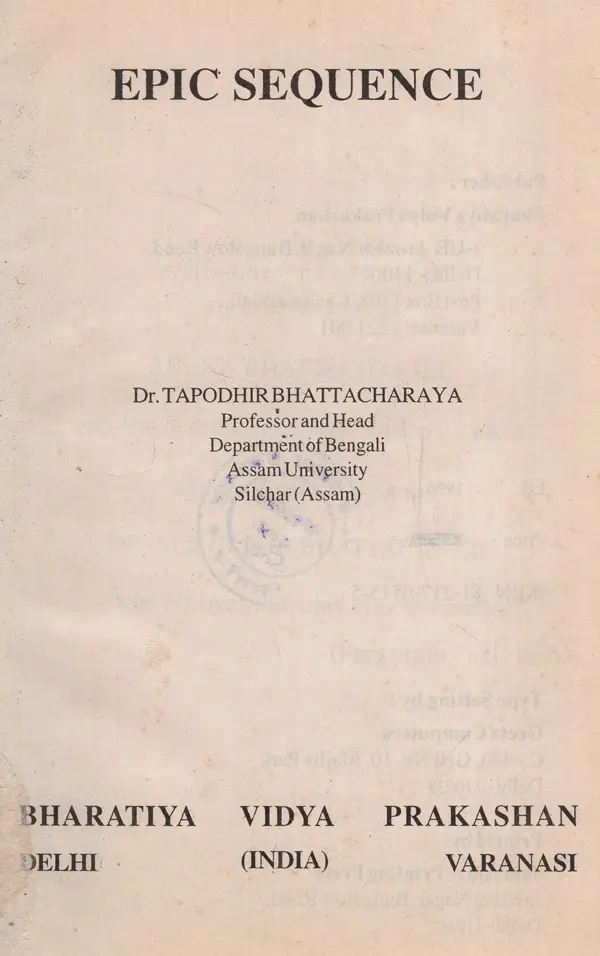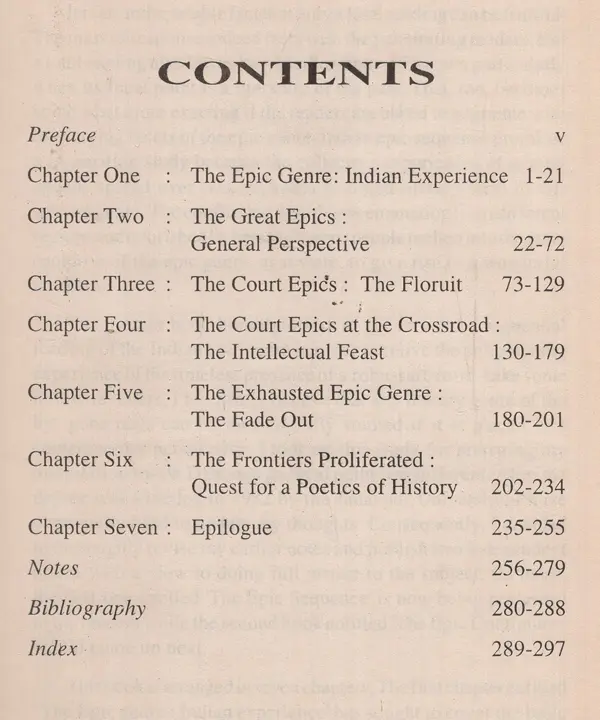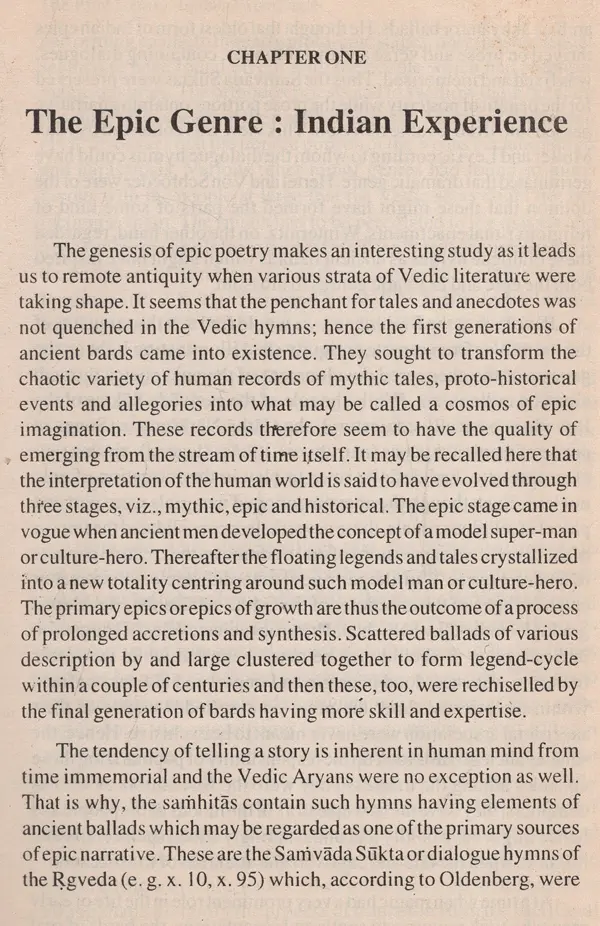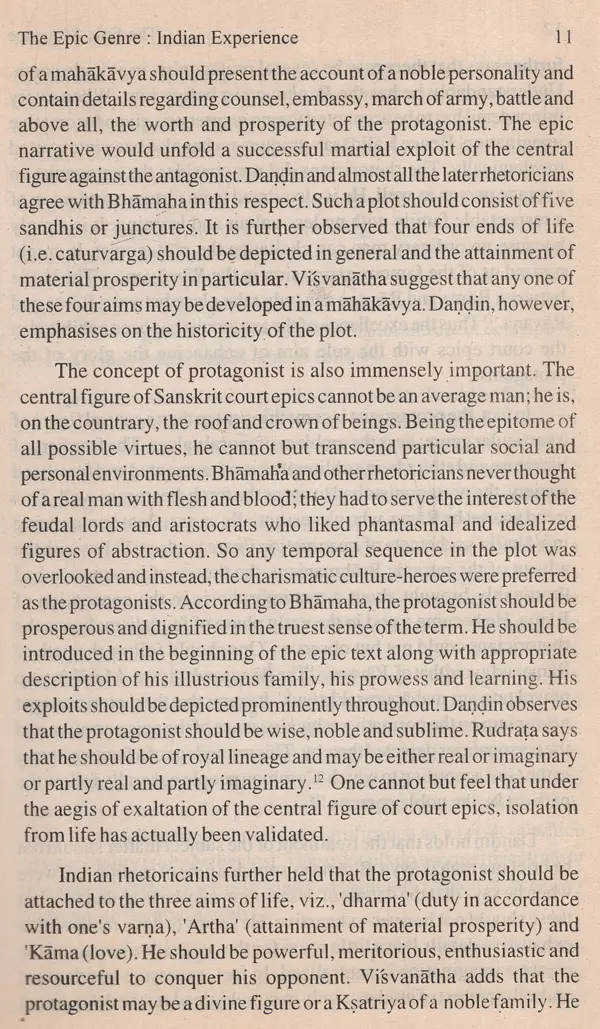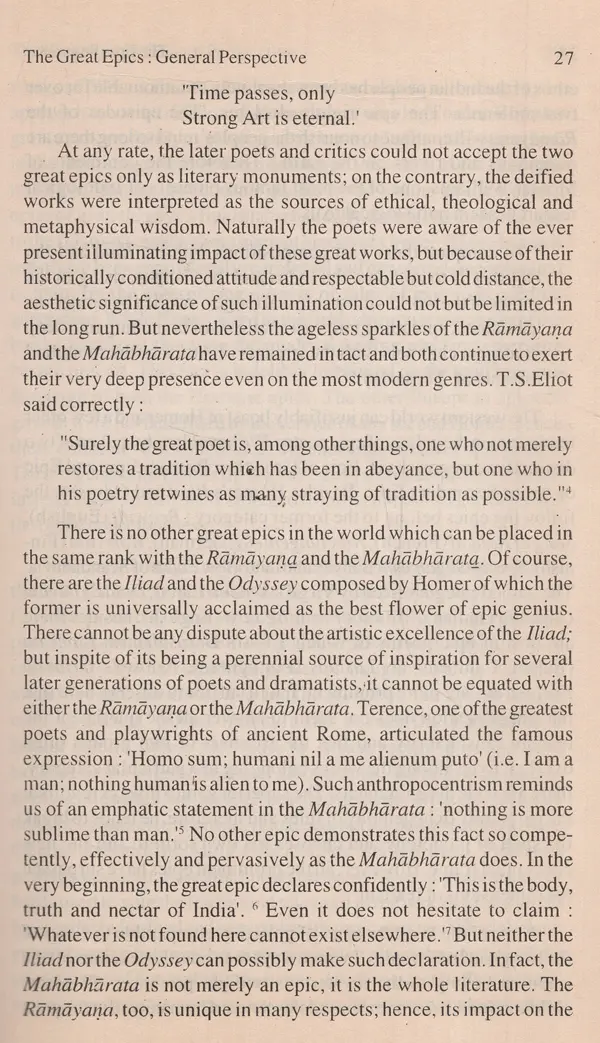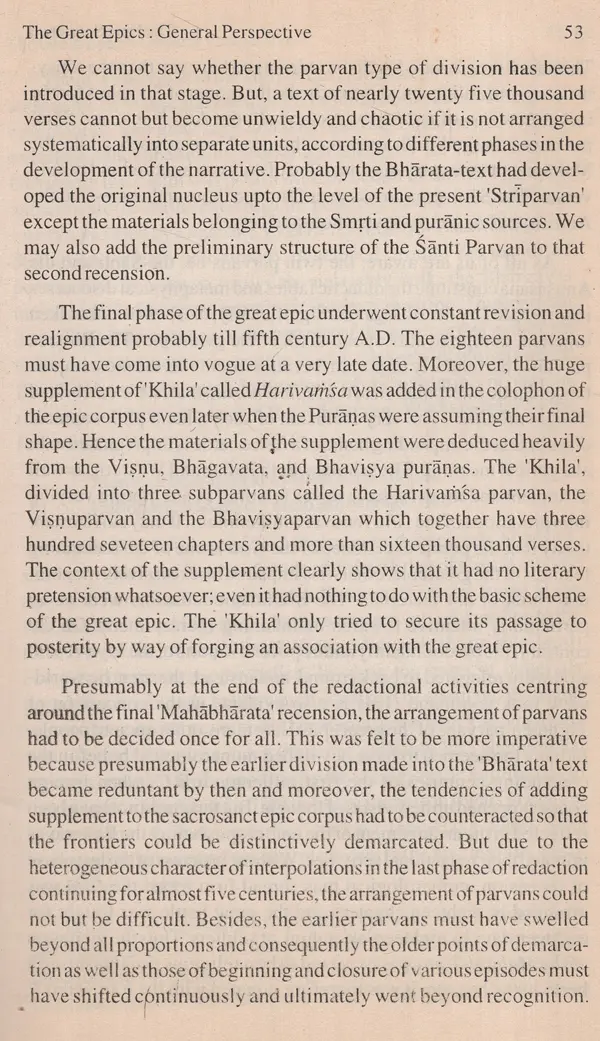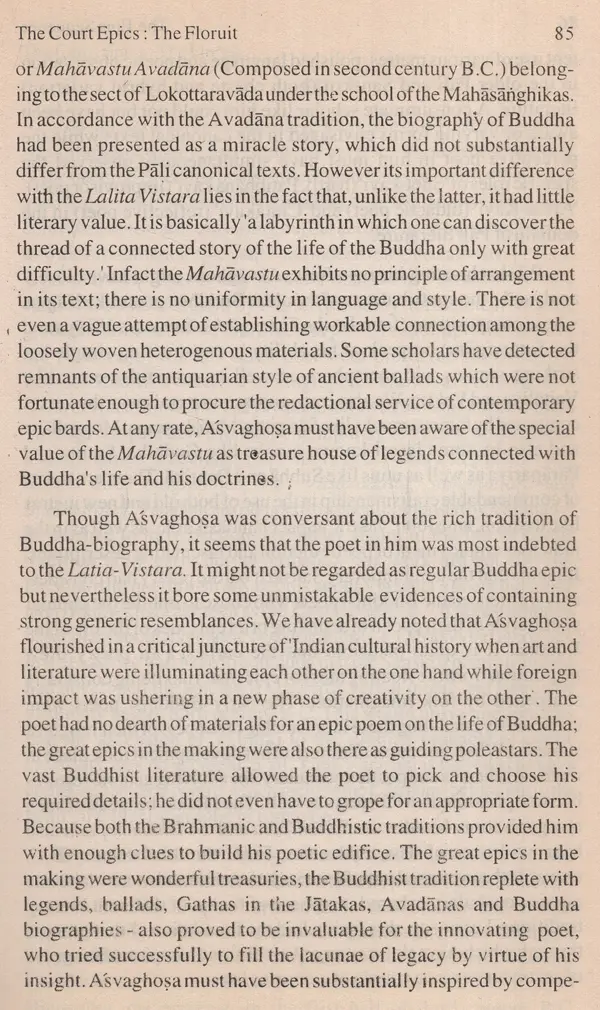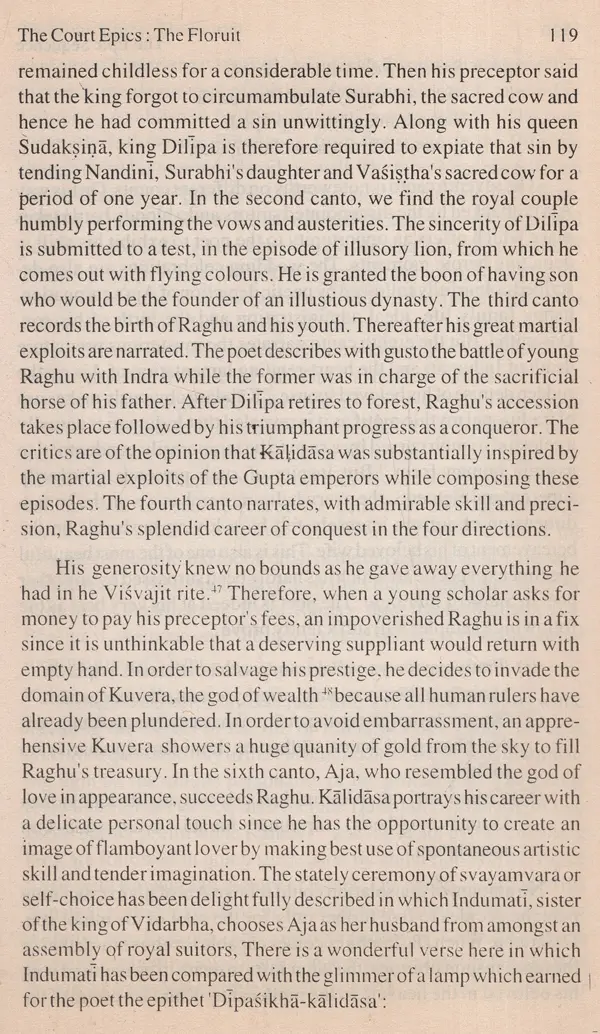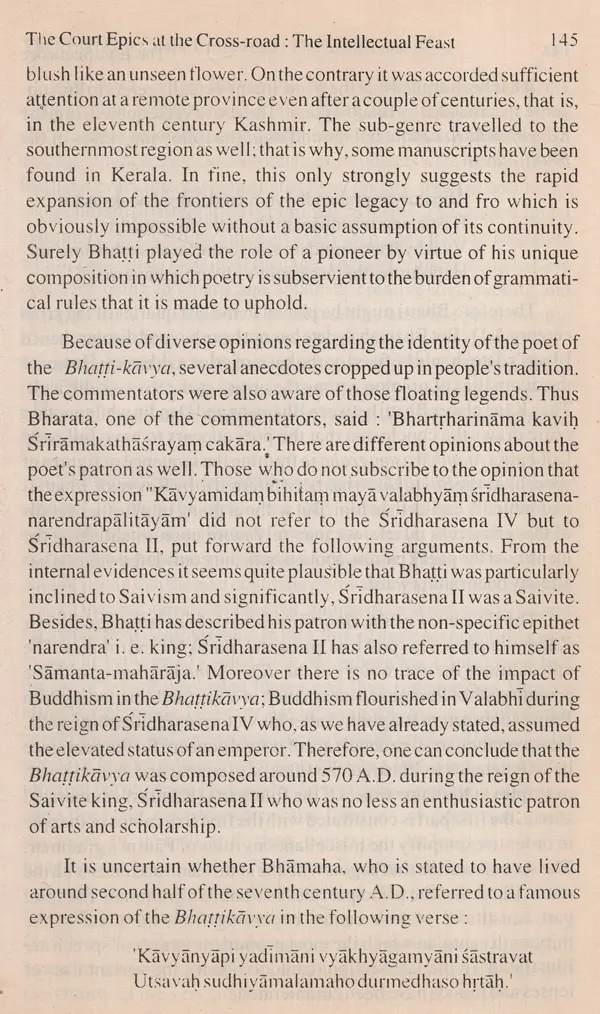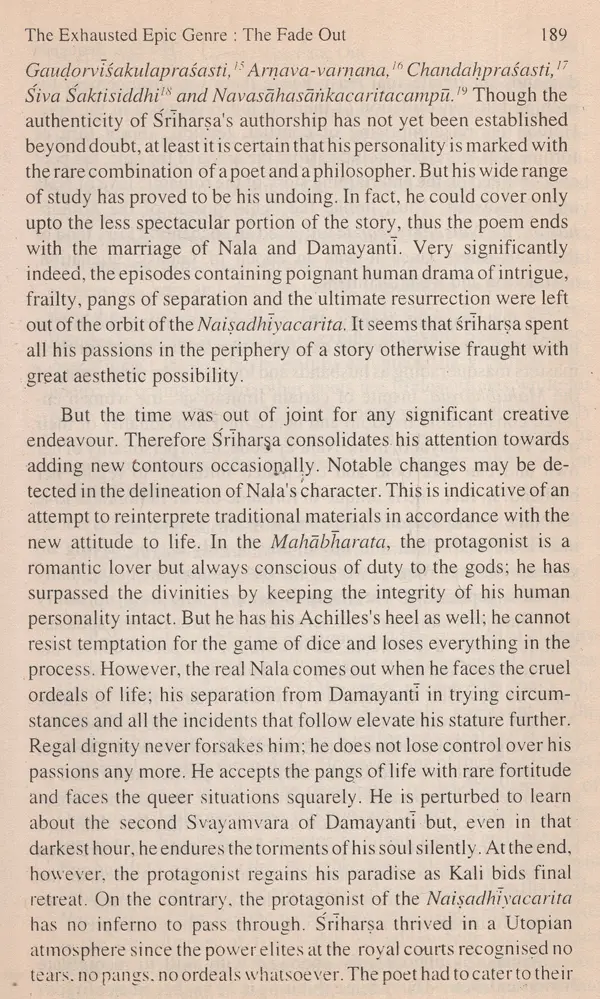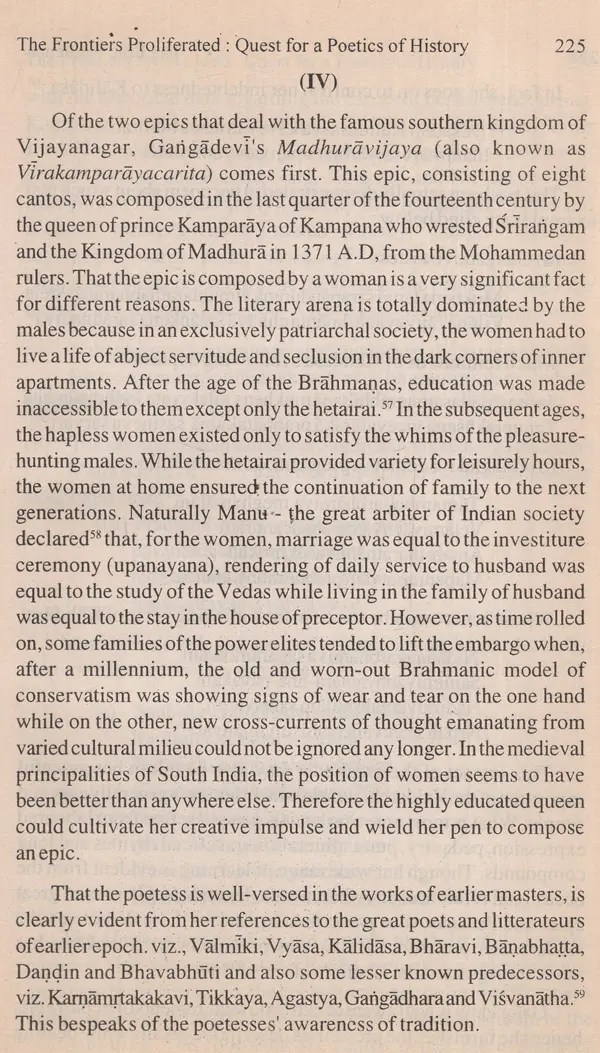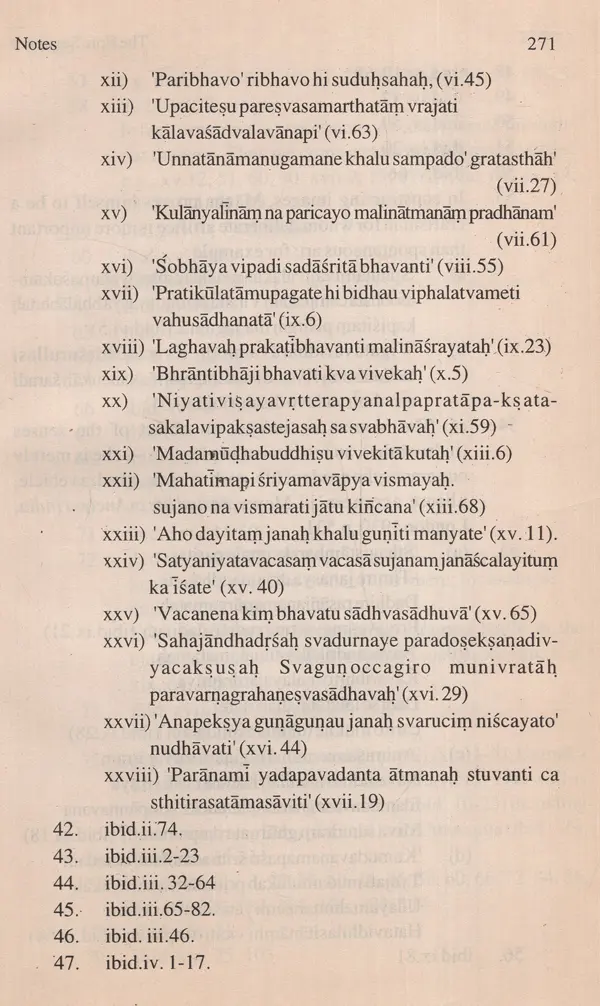
Epic Sequence (An Old & Rare Book)
Book Specification
| Item Code: | UAN199 |
| Author: | Tapodhir Bhattacharya |
| Publisher: | Bharatiya Vidya Prakshan, Delhi |
| Language: | English |
| Edition: | 1996 |
| ISBN: | 8121701155 |
| Pages: | 110 |
| Cover: | HARDCOVER |
| Other Details | 8.90 X 5.60 inch |
| Weight | 420 gm |
Book Description
The present book humbly offers to put forward a sequential reading of the Indian epic genre in order to relive the enlightening experience of the timeless presence of a robust art-form. Like some fellowtravellers, I too firmly believe that any literary genre of the by- gone days can be meaningfully studied if it is placed in a contemporary perspective. I took up this study for preparing my dissertation for Ph.D though its focal point was different. After the degree was awarded in 1982 by the Jadavpur University, I have continually tried to update my thoughts. Consequently, I decided to thoroughly revise my earlier notes and publish two independent books with a view to doing full justice to the subject. Of these, the first one entitled "The Epic Sequence' is now being presented to the readers while the second book entitled The Epic Continuum would come up next..
This book is arranged in seven chapters. The first chapter entitled The Epic genre: Indian experience' has sought to cover the basic conceptual background of the Indian epics. The rich treasures of the genre are contained in two great epics; hence, the second chapter entitled The Great Epics: General Perspective has been designed toexplain the unique cultural phenomena as envisaged in the Rāmāyaṇa and the Mahabharata. In the next chapter, described as The Court Epics. The Floruit, the wonderful flowering of the epic imagination of Asvaghosa and Kalidasa has been dealt with. Besides, the works of Sarvasena. Mentha and Pravarasena have also been referred to The fourth chapter is entitled as The Court epics at the cross-road The intellectual feast and hence it covers a typical phase of Indianomate epics. The poems of Bharavi, Bhatti, Kumaradasa and Magha have been mainly analysed here, besides, Bhosa's typical work bas also been touched upon. In the fifth chapter, entitled The Exhausted epic genre, the phase of gradual fading out of the epics has been dealt with. The poems of Ratnakara, Abhinanda, Mankha, Siharsa and others have been explained for the purpose. The sixth chapter, described as "The Frontiers Proliferated: Quest for a Poetics of History has likewise been designed sequentially. As the subgenre of the Historical epics enjoys special prominence in that sequence, it has been separately dealt with. The poems of Padmagupta, Bilhana, Kalhana, Jayanaka and others shed illuminating light on their quest for an adequate poetics of history. In the seventh chapter, entitled 'Epilogue, some general observations have been offered on the implication of Indian epic sequence along with a brief analysis of the impact of the extension of its frontiers to the vernacular Bengali literature. It has been argued that inspite of an imposing trend of westernisation among the colonial elites of nineteenth century Bengal, the poets deep aspirations for renovating a glorius past found aesthetic expression in chiselling out the epic genre. Thereby the continuum of the epic sequence has been artistically revalidated.
**Contents and Sample Pages**
